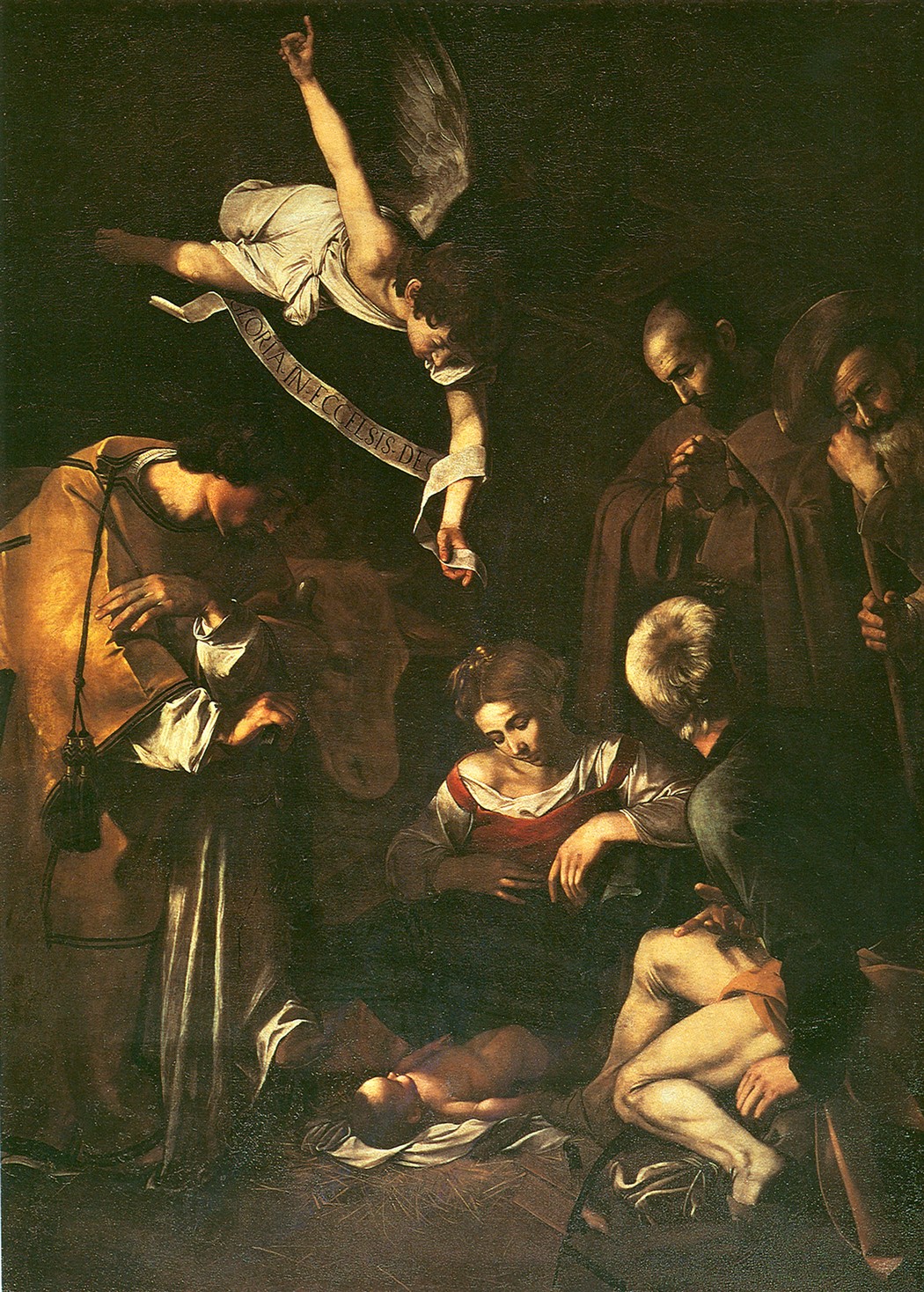Charley Hill, the art world's preeminent sleuth, relates his ongoing search for a missing masterpiece, a mission that so far has taken him to a Sicilian town that's "wall-to-wall gangsters."
Meet Charley Hill, the legendary bloodhound who has retrieved stolen masterpieces the world over. Most notably, Edvard Munch's The Scream, taken from the National Gallery of Norway in 1994 and rescued by Charley from the basement of a summer house in Oslo Fjord. "The art world enables me to see the worst in everyone—myself and others. I often think that in those early days of humankind, grave robbery was the first human profession, not prostitution—although that may be a close call." And so long as humans are humans, expensive things will be stolen. Here, Charley takes us on the trail of his latest lead . . .

Caravaggio
On October 18, 1969, Caravaggio's The Adoration was stolen from the Oratorio di San Lorenzo in Palermo, Sicily. It's a nativity scene in which Caravaggio placed St. Laurence, and more importantly St. Francis, along with Jesus, Mary, and Joseph, a shepherd, an angel and a young man. It's a huge painting with quite a history. It was stolen by mafiosi at about the same time they tried to steal Caravaggio's Burial of Santa Lucia from Syracuse. There have been theories galore about what happened to The Adoration. I think that the mafia chief nicknamed Diabolik who is on the run has control over it. It represents his power in Sicily. The intellectual historian Peter Watson wrote a book on Caravaggio, concluding it had been destroyed by an earthquake in Naples, or so he had been told. But who knows?HT: ARTnews
I became involved in Sicily in 2003 when an eminent Northern European art dealer came to me saying he had some valuable stolen jewels, and wanted to know if I would return them to their owner. The stones were taken from a pre-iconoclastic icon that the Pope had given to Count Roger, before Count Roger, a Norman knight, became King of Sicily in the 11th century.
I flew to Catania, rather than Palermo, because I thought that Catania security would be less inclined to search my bag, which was full of the precious stones. It worked. Off I drove to a lovely Baroque cathedral, Piazza Armerina, and took those jewels he gave me back to the church. The rector, Padre Filippo, was delighted. Then I promised the Bishop of Piazza Armerina, now the Archbishop of Monreale, that I would do everything I could to get back the Caravaggio and other Church property. I've tried to keep my word to him for the past fifteen years.
In August 2017, an old contact, William Veres—quite a character, an Anglo-Hungarian reminiscent of Peter Lorre's character in Casablanca—said it was about time we spoke. He told me he knew a man who wanted to see me; there had been movement back in Sicily on the Caravaggio, and Veres had told him I was still interested. For Veres it's reputational, and also financial. He doesn't think the Catholic Church is going to put money in his pocket. But, he thinks, if he plays his cards right, the Holy Father will be pleased.
I then met a gangster from Riesi— a Sicilian town that's wall-to-wall gangsters—who told me that my theory on the Caravaggio was right, and he thought something could be done. They're thinking about what and how much; I'm probably many times removed from the picture. He's active with other people who are active, and they will be the people talking about this, and doing the heavy lifting.
So they're hard-work types, but police authorities are tough as well....MORE